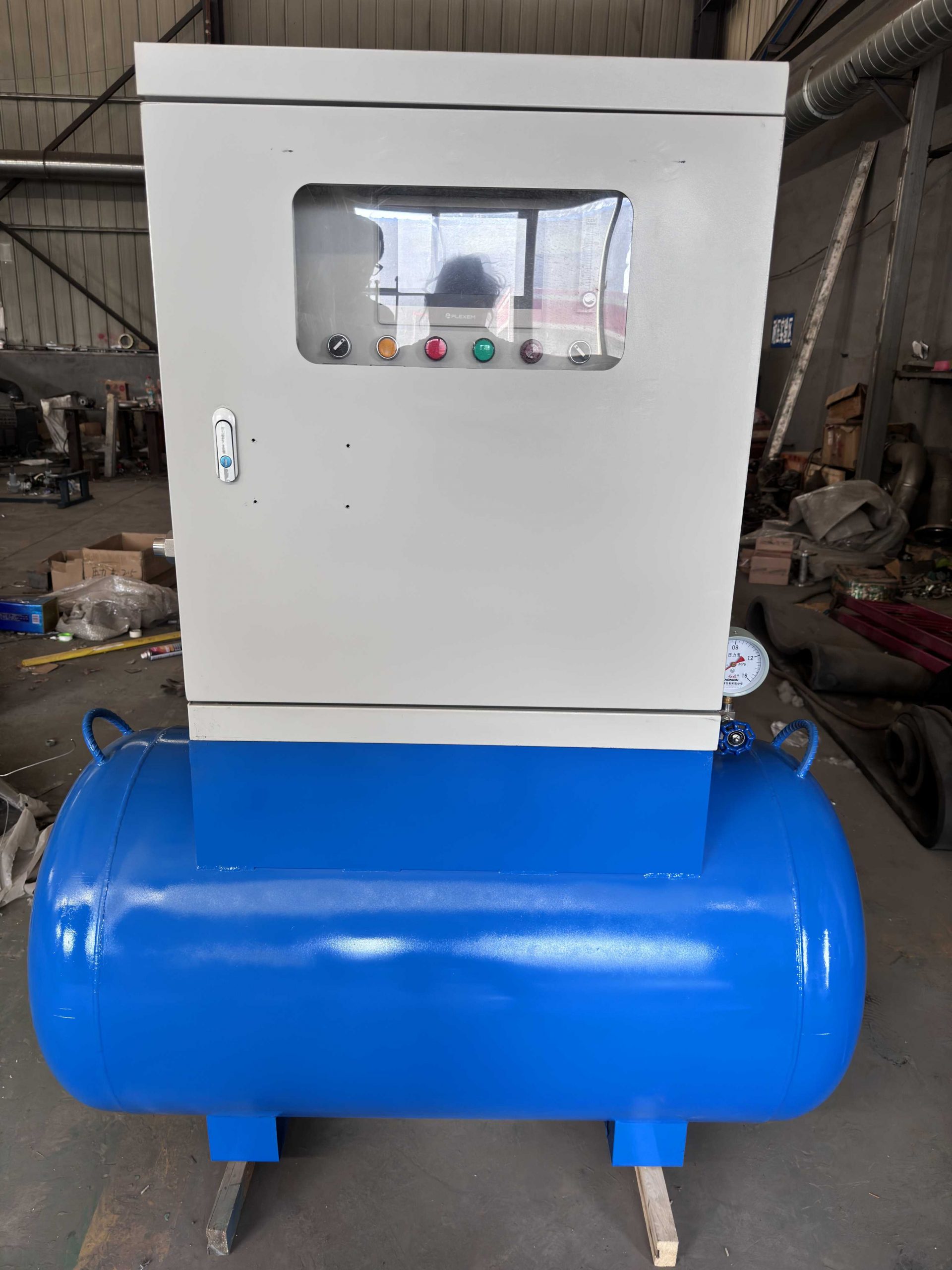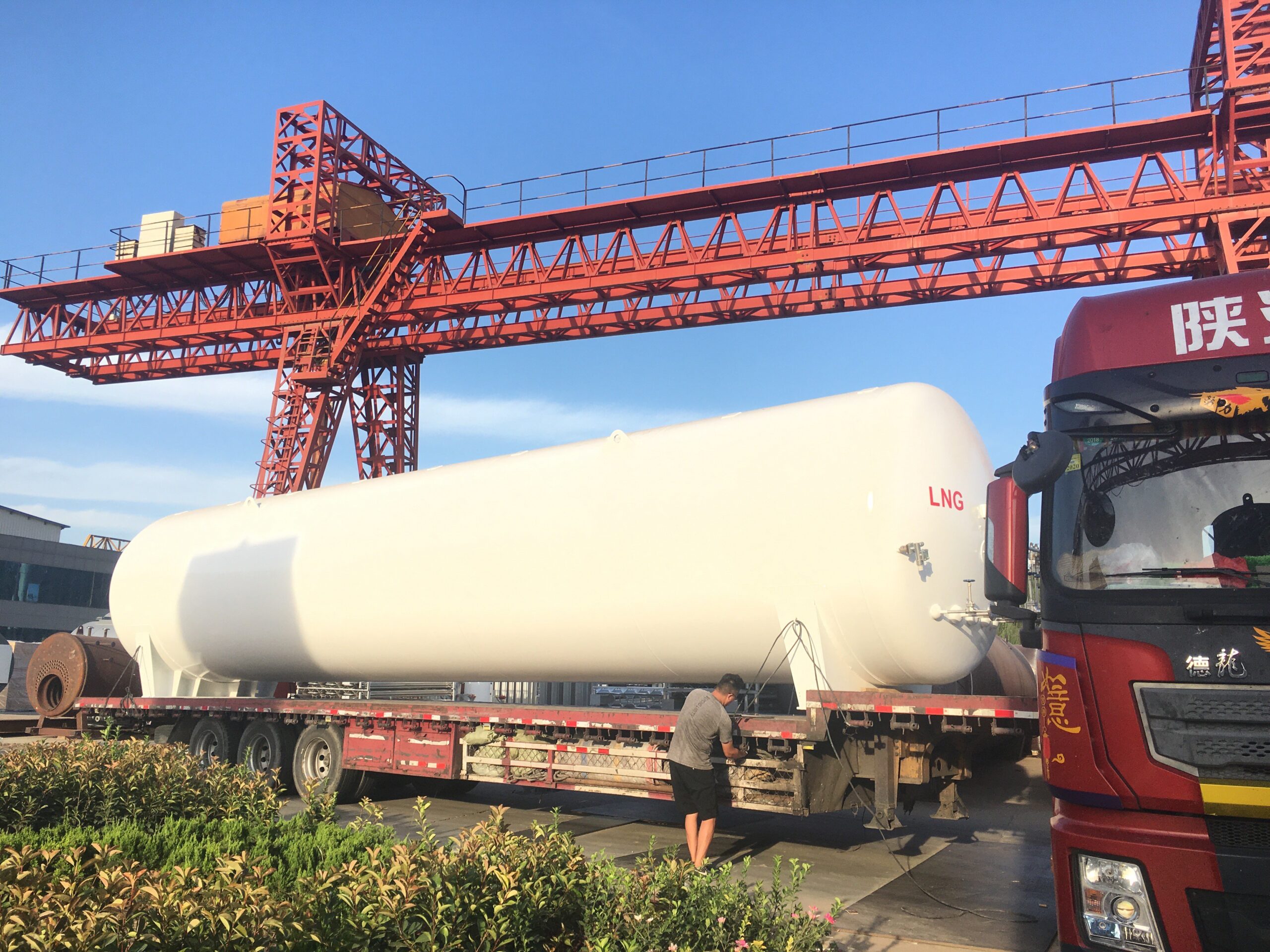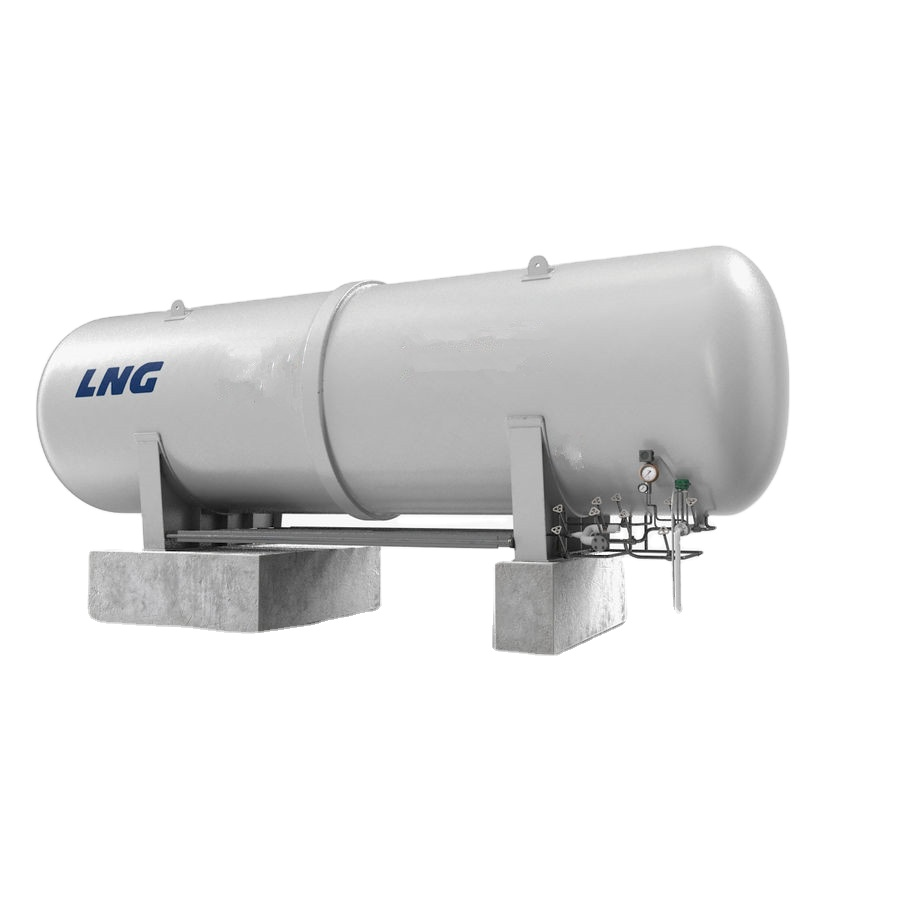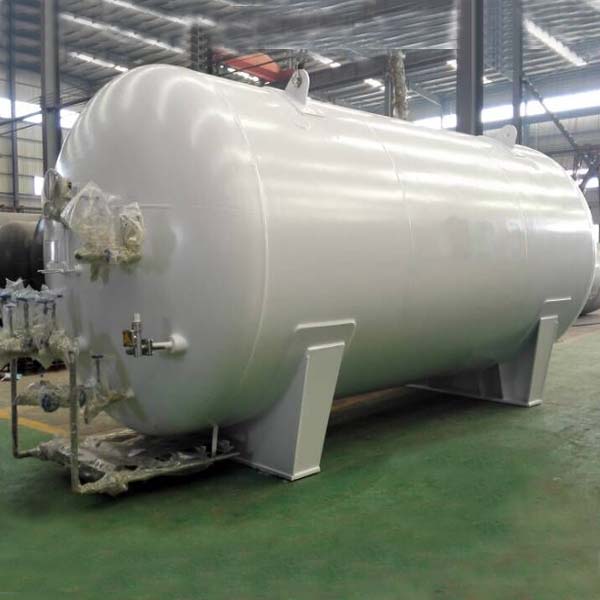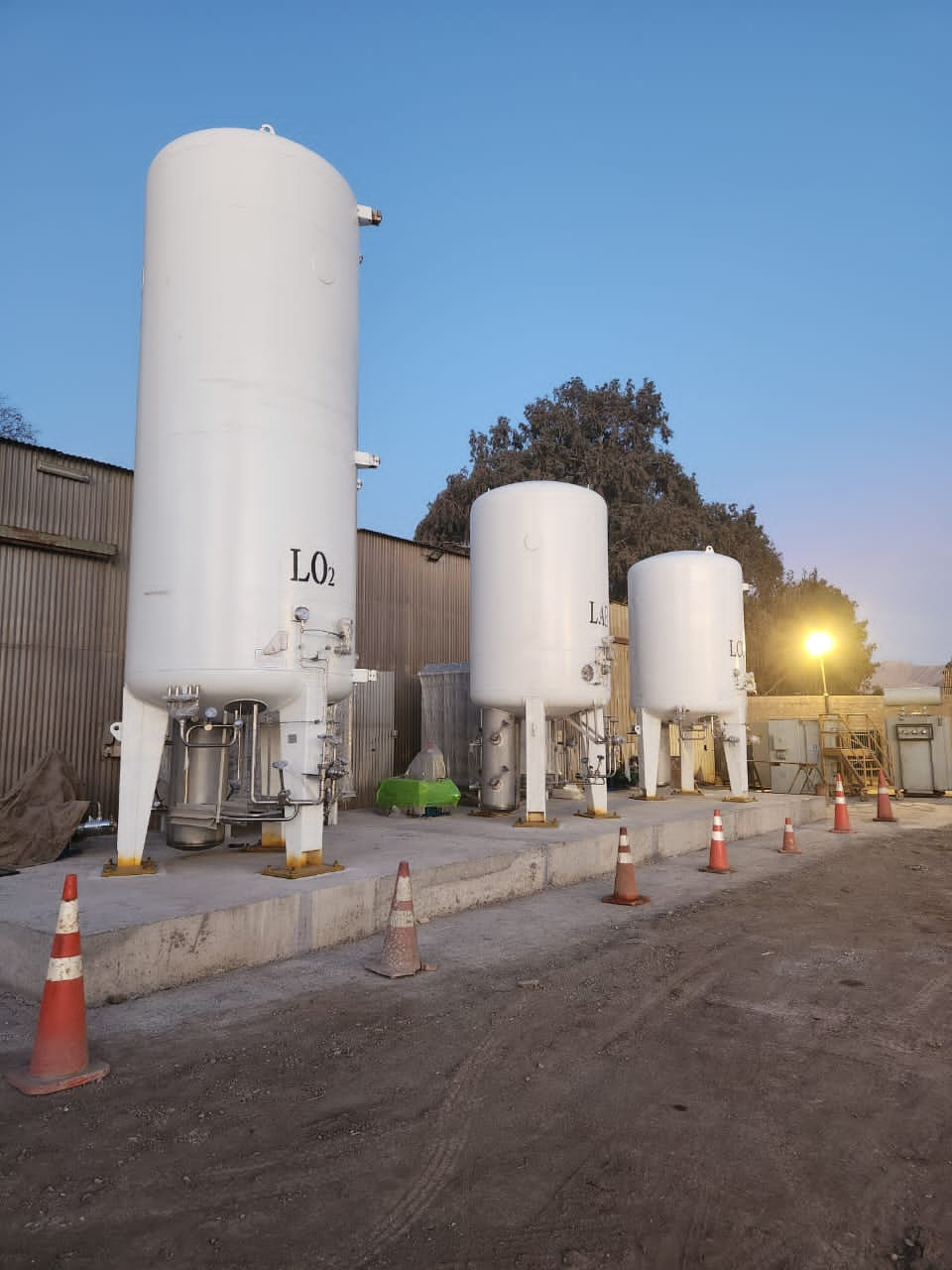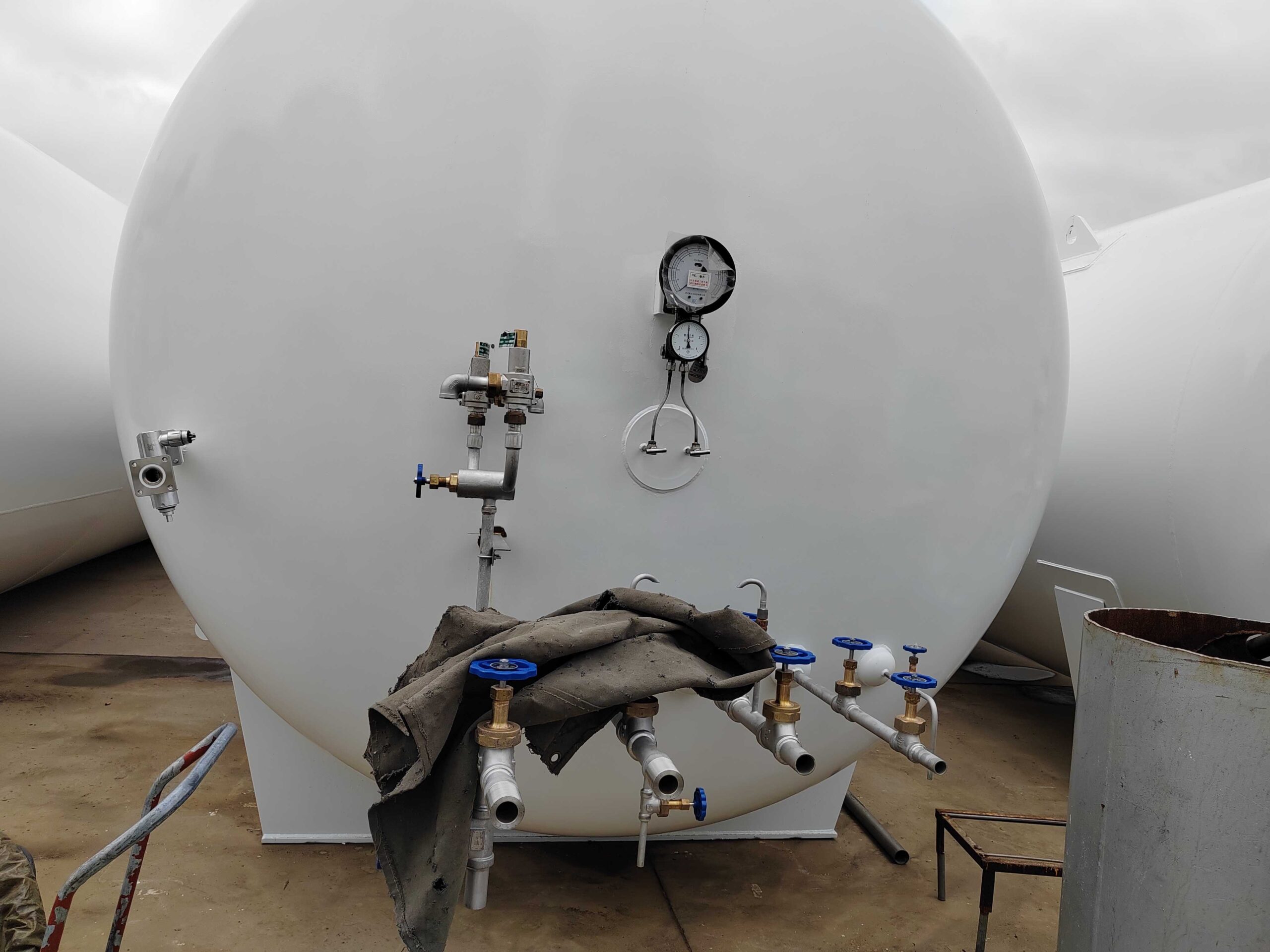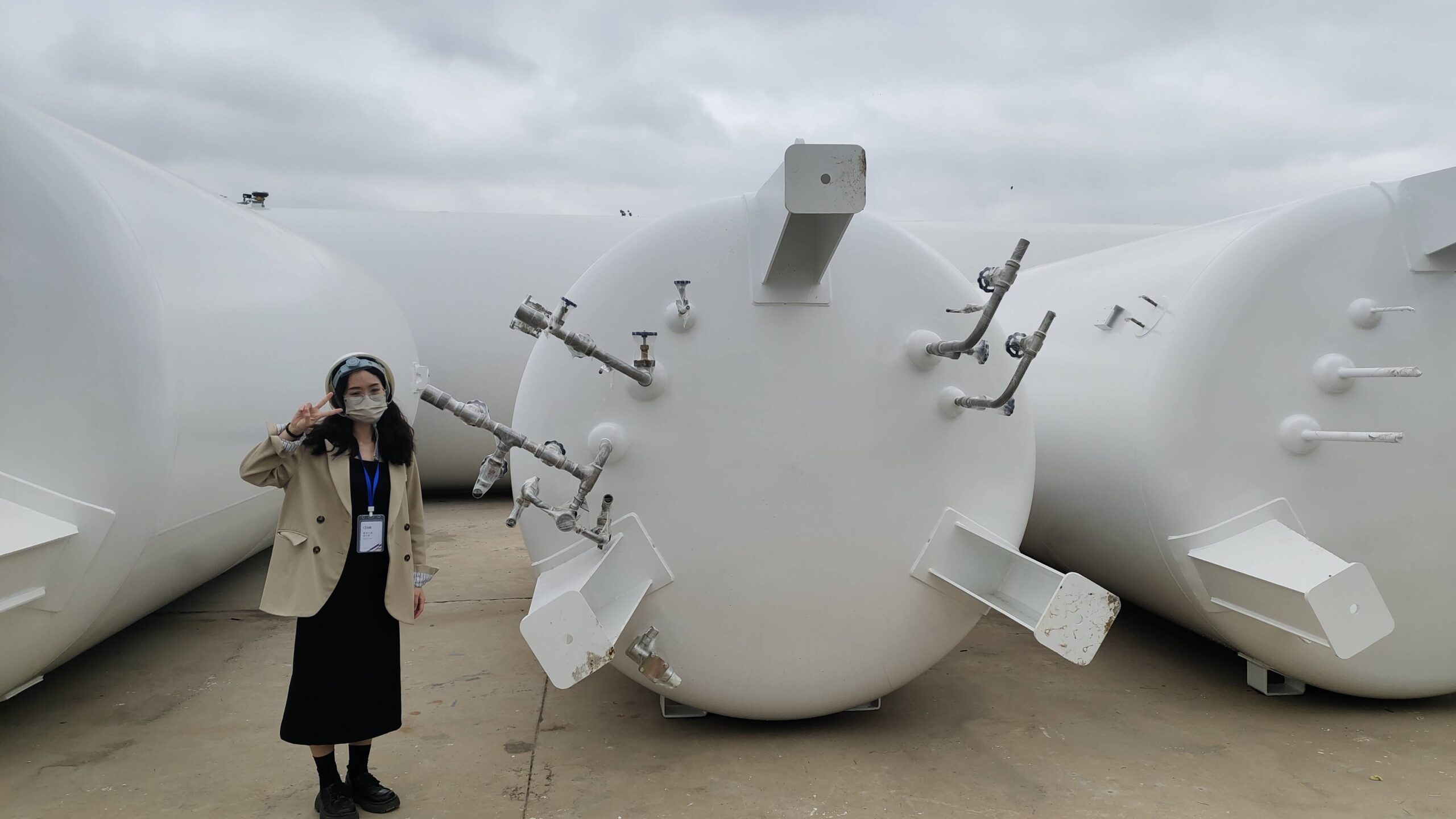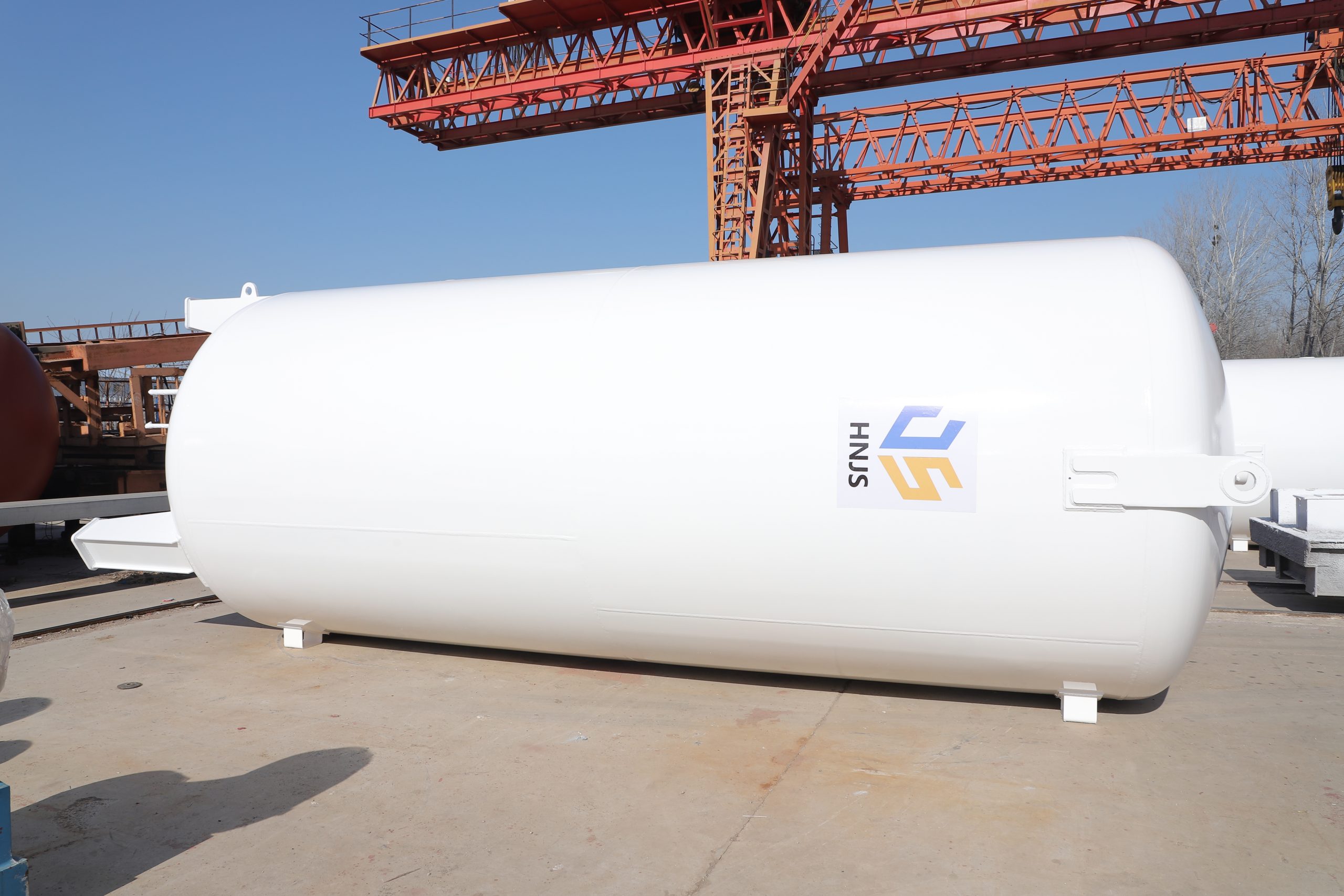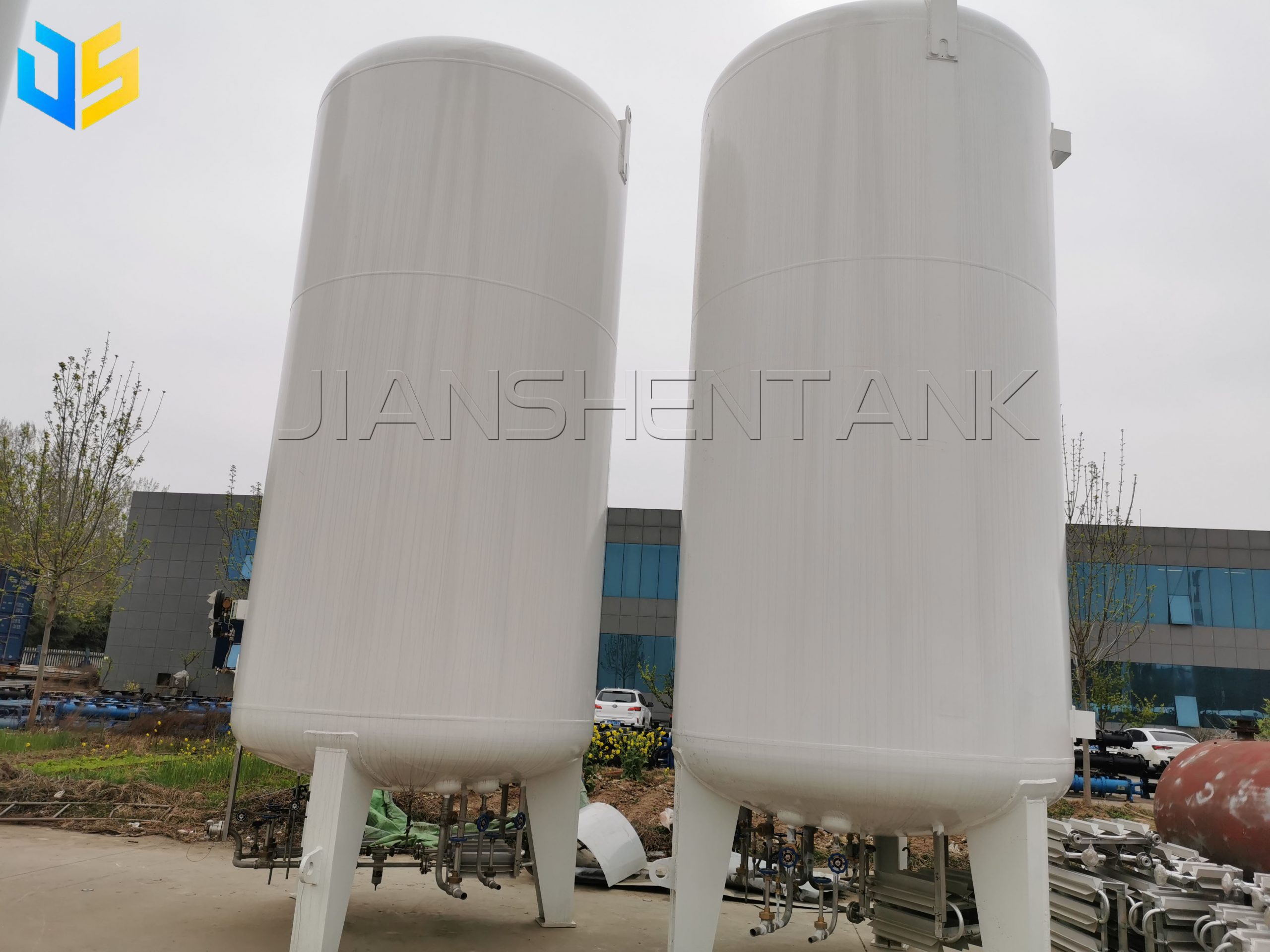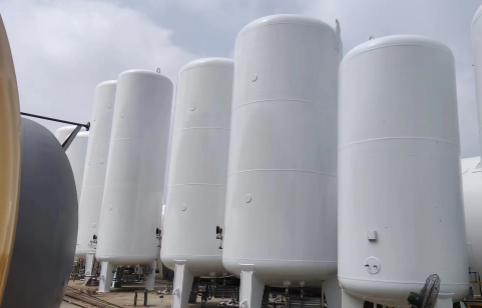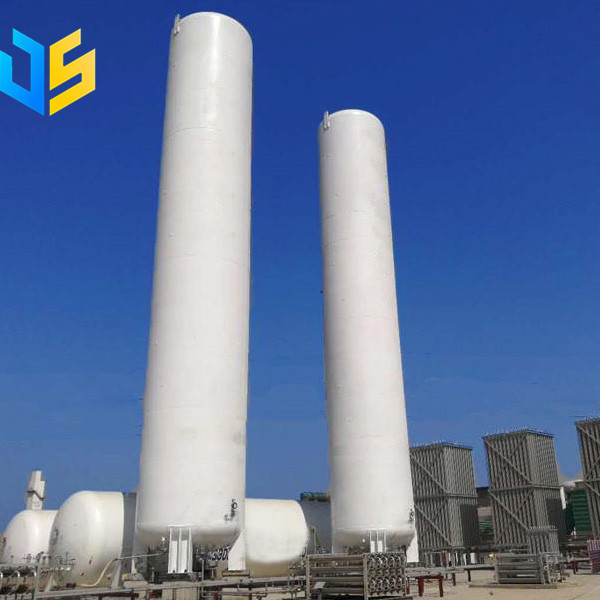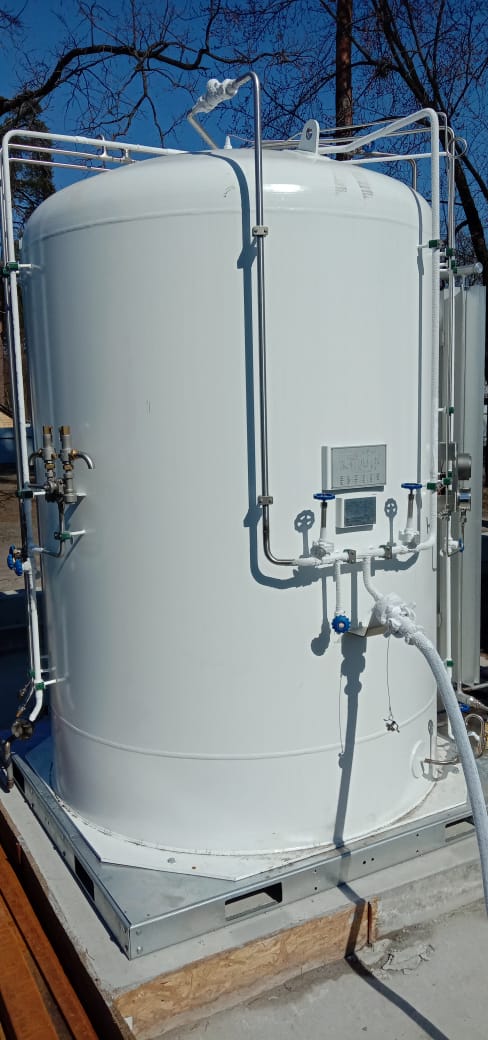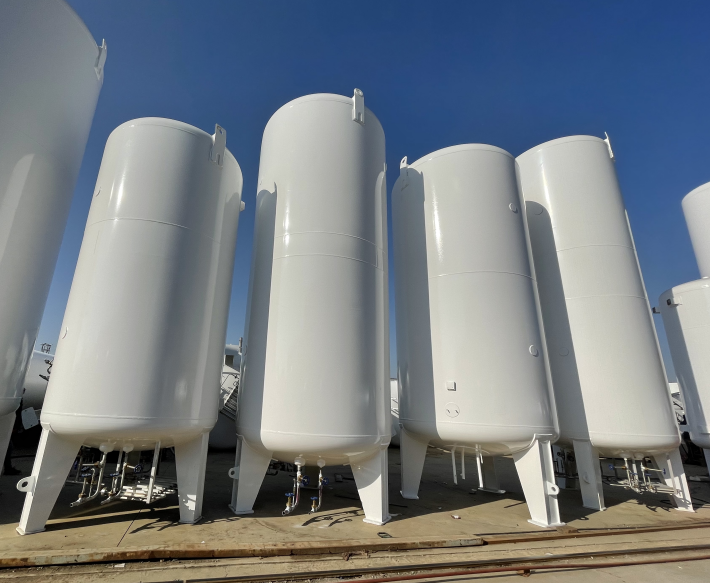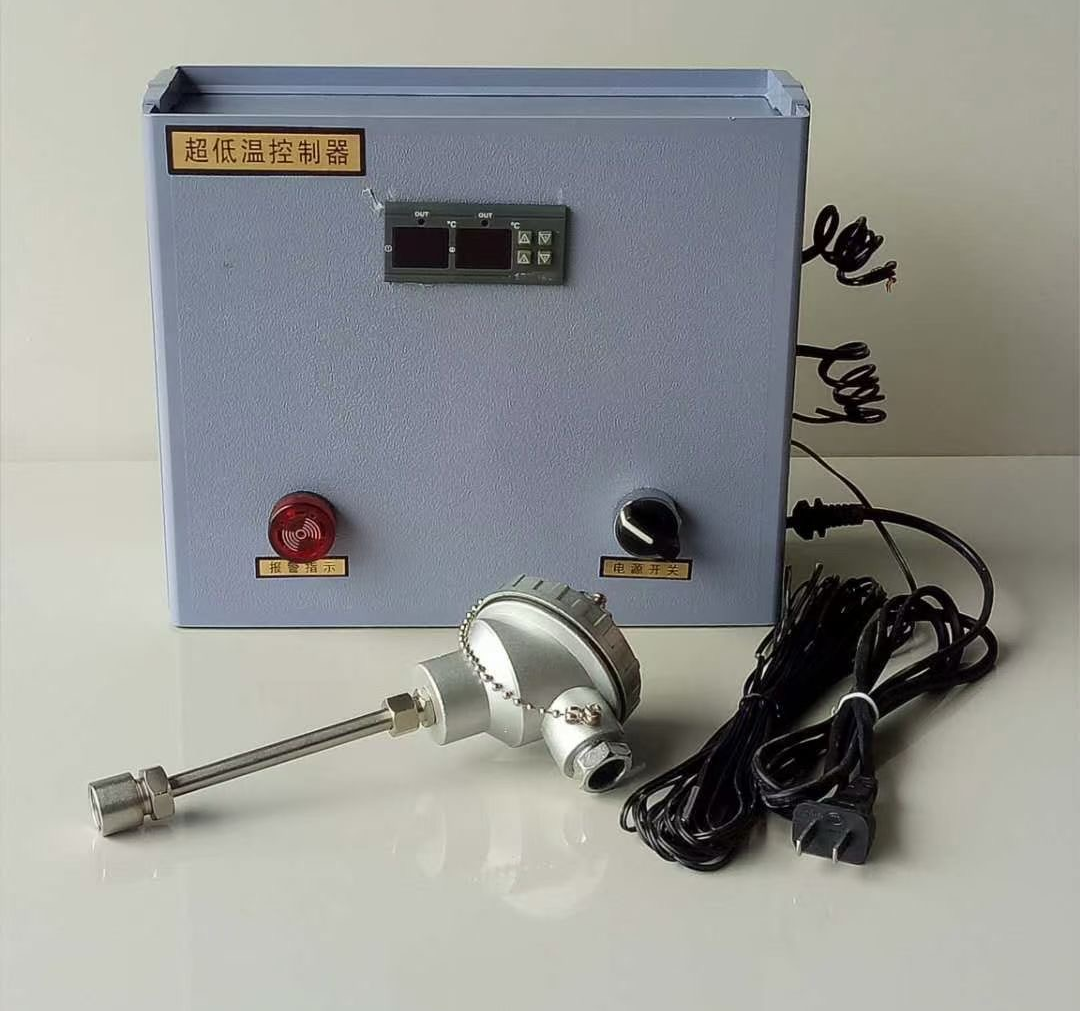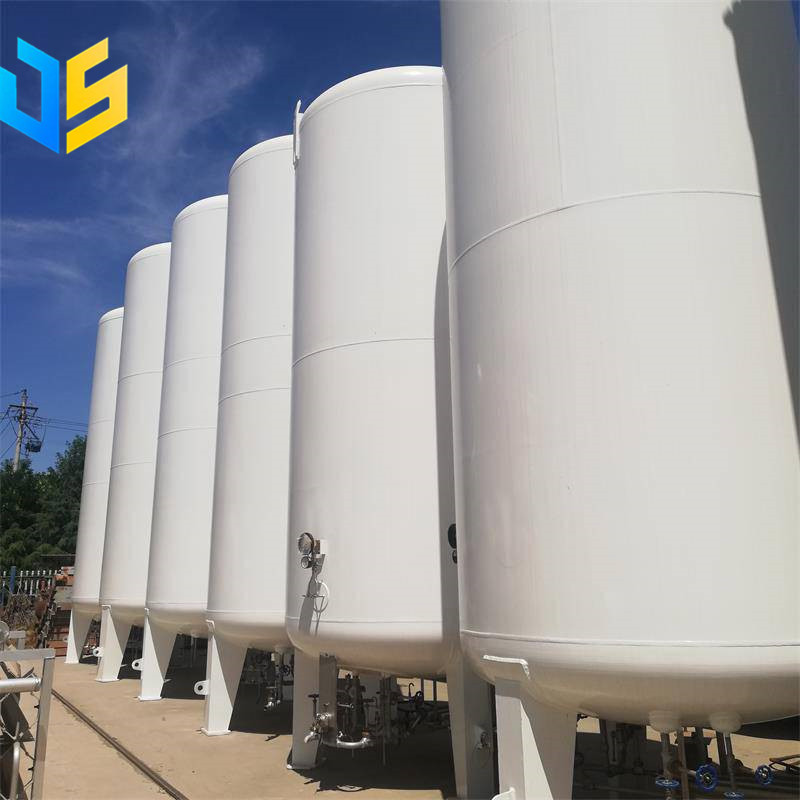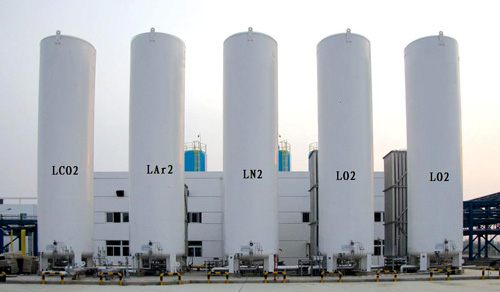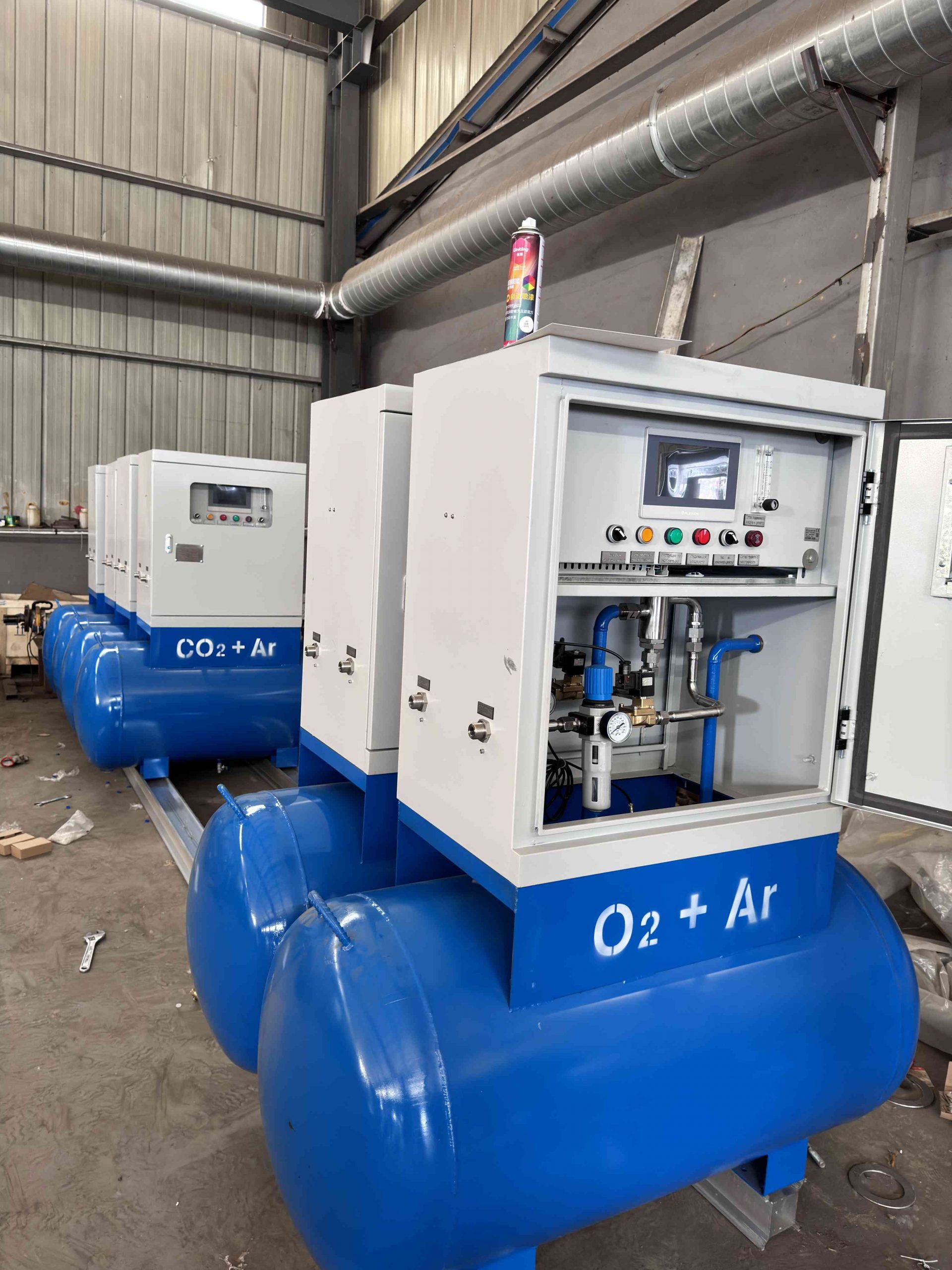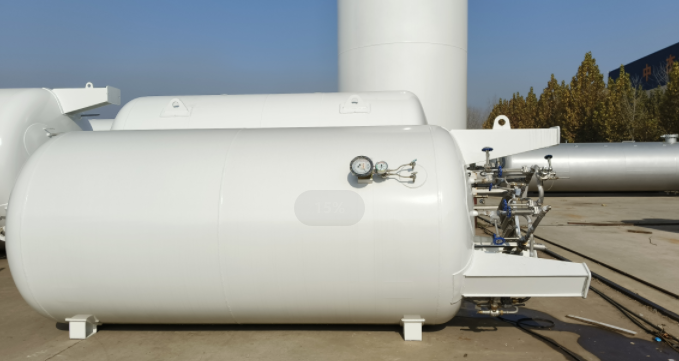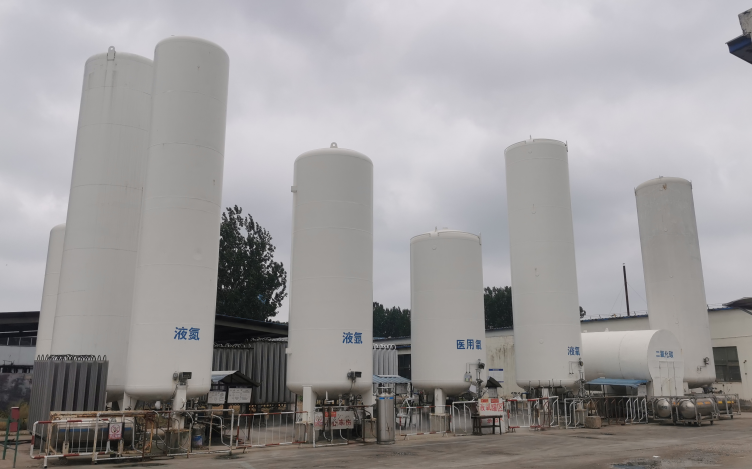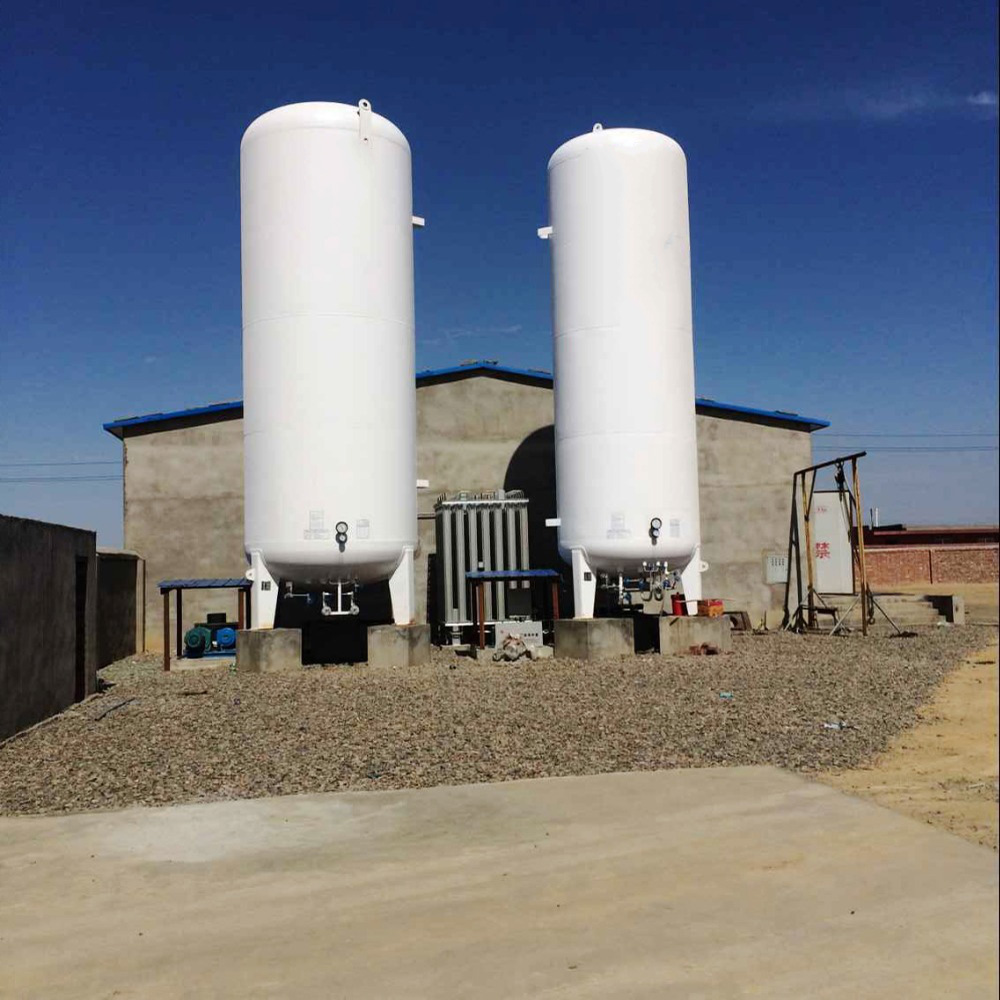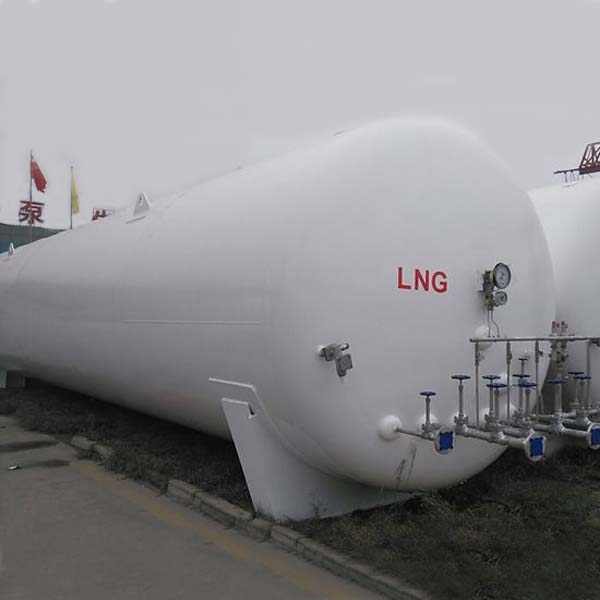The parameters of industrial gas mixers
The parameters of industrial gas mixers will usually vary depending on the specific application and the type of gas being mixed. However, here are some general parameters that may be involved:
Gas Type: The type of gas that the mixer needs to handle. This may involve oxygen, nitrogen, argon, acetylene, carbon dioxide, etc.
Mix Ratio: Different applications require different gas mixture ratios. For example, welding may require a specific ratio of oxygen and acetylene.
Flow Range: The range of gas flow rates that the mixer needs to support. This may involve standard volume flow units, such as cubic meters per hour or standard liters per minute.
Mix Accuracy: The mixing accuracy of the mixer refers to the accuracy of the mix ratio it can achieve. Usually measured in percentages or PPM (parts per million).
Pressure Range: The range of gas pressures that the mixer needs to accommodate. This may range from atmospheric pressure to high pressure.
Control Method: The control method of the mixer, including manual control, automatic control, or computerized control.
Material: The material of construction of the mixer, usually requires corrosion-resistant and high-pressure resistant materials, such as stainless steel or special alloys.
Safety Features: Safety features that the mixer needs to have, such as designs to prevent gas leaks and safety valves.
These parameters will vary depending on the specific industrial needs and the design of the mixer. Detailed customization and adjustments may be required for specific applications.

